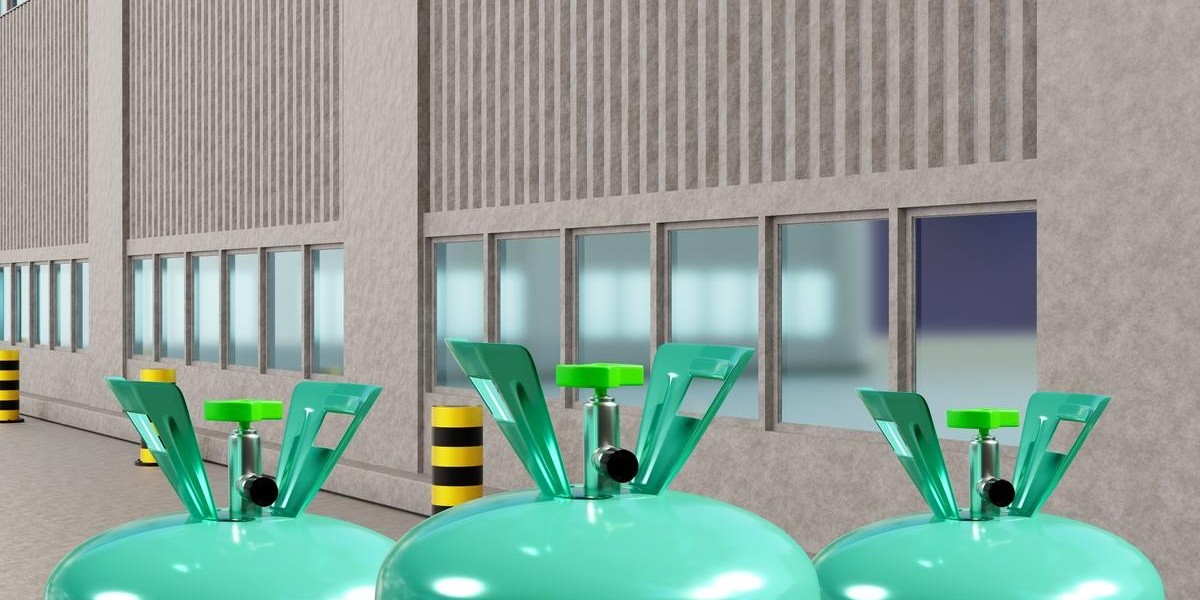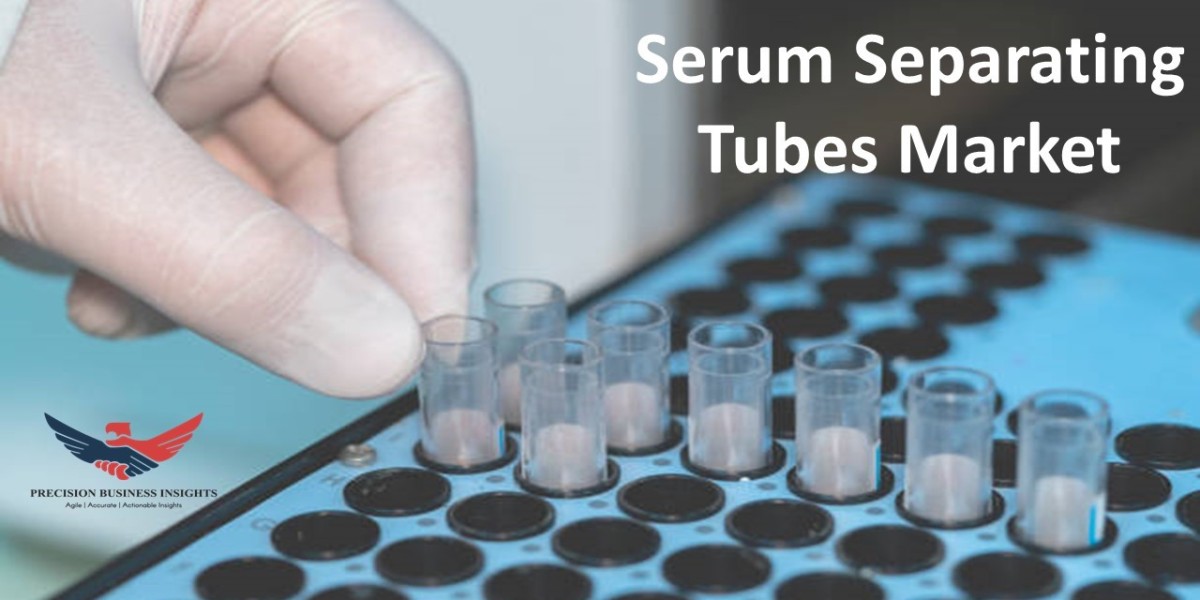Freezing gas, particularly in the context of refrigerant gases, plays a critical role in our modern world. Refrigerators, air conditioners, and cooling systems all rely on these gases to function. While they have revolutionized comfort and food preservation, the environmental consequences are significant. This article explores the impacts of these gases and the steps being taken to mitigate the potential harm.
What Are Refrigerant Gases?
Refrigerant gases are substances used in refrigeration cycles and heat pumps. Common examples include chlorofluorocarbons (CFCs), hydrochlorofluorocarbons (HCFCs), and hydrofluorocarbons (HFCs). Each type of refrigerant gas has different characteristics, but many share troubling environmental effects.
- CFCs & HCFCs: Both CFCs and HCFCs have been notorious for their destructive effects on the ozone layer. They can linger in the atmosphere for decades and are potent greenhouse gases.
- Ozone Depletion: Ozone protects the Earth from harmful ultraviolet (UV) rays. When CFCs and HCFCs break down in the atmosphere, they release chlorine atoms that react with ozone, depleting the layer.
- Climate Change: CFCs and HCFCs are thousands of times more potent than carbon dioxide in terms of their greenhouse effect. Their release exacerbates global warming.
- HFCs: Though HFCs were introduced to replace CFCs and HCFCs and don't have ozone-depleting properties, they are still potent greenhouse gases. Their increasing use has raised concern about their contribution to climate change.
Mitigating The Impact
Governments, industries, and organizations worldwide have recognized the dangers of freezing gas, and concerted actions are being taken to limit their impact. Here's an in-depth look at some of the major steps that are being implemented:
The Montreal Protocol
Adopted in 1987, the Montreal Protocol has been a groundbreaking international treaty aimed at the protection of the ozone layer by phasing out the production and consumption of CFCs and HCFCs.
- Progress and Successes: The treaty's implementation has led to a significant reduction in ozone-depleting substances, with over 99% of them being phased out. The result is a healing ozone layer and a projected full recovery by mid-century.
- Challenges and Future Directions: However, complete success requires ongoing vigilance. Some regions are still struggling with illegal trade in banned substances, requiring strengthened enforcement and tracking measures.
The Kigali Amendment
The Kigali Amendment to the Montreal Protocol represents a critical next step in environmental protection. It aims to reduce HFCs' production and consumption, which, while not ozone-depleting, are potent greenhouse gases.
- Potential Impact: Implemented in 2019, this amendment could prevent up to 0.4°C of global warming by 2100. This is a significant contribution to the global effort to limit temperature rise, and its success could act as a model for future international agreements.
- Adoption and Compliance: The amendment requires active participation from both developed and developing countries. Financial support and technology transfer are key aspects to ensure broad compliance and effective reduction in HFC use.
Encouraging Alternative Technologies
Beyond these international agreements, there is a push towards embracing alternative technologies that don't rely on harmful refrigerant gases.
Research and Development
Investments in research and development of new cooling technologies are gaining momentum. Innovations like magnetic refrigeration, thermoacoustic cooling, and hydrocarbon-based refrigerants offer promising paths forward.
Regulation and Incentives
Governments are implementing regulations to encourage the adoption of environmentally friendly alternatives. Incentives like grants, tax breaks, and energy efficiency labels help consumers make informed, eco-conscious choices.
Conclusion
The freezing gas story is a complex interplay between technological advancement and environmental stewardship. While refrigerant gases have revolutionized our daily lives, their environmental impact cannot be ignored.
Global efforts are underway to mitigate the damage, and the future holds promise for even more environmentally friendly cooling solutions. The road ahead may be challenging, but it is laden with opportunities for innovation and collaboration to create a cooler, yet greener, world.



![Jhon Lucumí - Colombian Star's Journey [FC 24 Coins Guide]](https://insta.tel/upload/photos/2024/07/d9QT6Qd4fgUDAC37IBfx_09_560b187c6e7298d1e258fda18fb1f7c0_image.png)